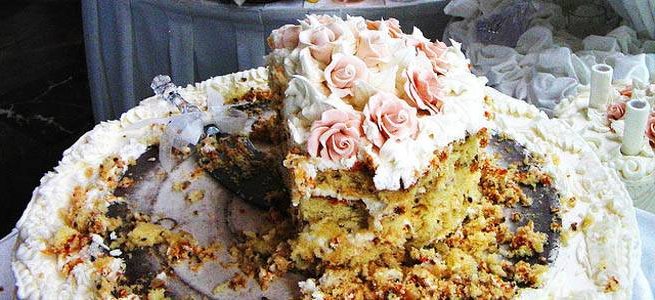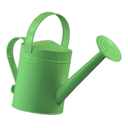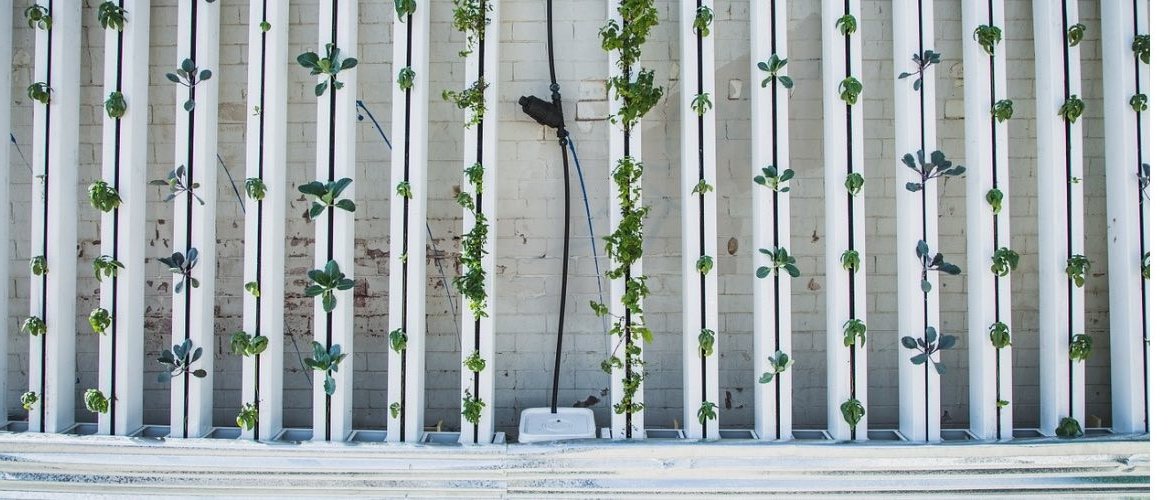10 edible flowers
Flowers are not only used to decorate your garden or decorate the inside of your house. Since time immemorial and in many parts of the world they have been used as food. In China, Brazil, Mexico, Greece and the United States they are already part of the menu, and our country also joins the list of nations that use them in the latest fashion of avant-garde cuisine.

Eating this plant was originally intended for the most select palates, but today it is increasingly being introduced into the popular gastronomic culture. In addition, it is not only a sign of distinction and culinary modernity but also very nutritious, as the petals have many vitamins (A, B, C, D, B12...), proteins, minerals and amino acids that favor our organism.
In Eastern cultures, such as Chinese, Japanese, Hindu or Greek, its consumption has been incorporated for centuries. In more western civilizations it is known that we take more flowers from vegetables such as artichokes, broccoli, cabbage, cauliflower... Dare to innovate your diet and introduce an unusual and fresh flavor to your palate!
10 types of flowers to eat
There are countless edible types: rose, yellow squash flowers, geraniums, carnations, pansies, violas, poppies, orchids, chrysanthemums... and we could say that there are almost 250 species that you can choose for your gastronomic diet. As an idea you can introduce them in drinks such as tea or wine or even in light starters, such as salads or petals in desserts, such as cakes.
It is useful to know what can be eaten from some of them and how they are usually cooked and prepared.
The rose. The petals of this species are usually used to perfume stews. They also bring a special sensuality to each dish.

The yellow flower of pumpkin. They are widely used in Italian cuisine and are characterized by a mild and sweet taste. They can be made both cooked and raw, accompanied with garnishes and with all kinds of food, both meat and fish.

Pansy. This elegant spice can be used in both sweet and savory foods. It is very good to decorate cookies or cakes and also in infusion.

Marigold. This orange and yellowish flower is perfect to accompany rice, omelets, salads and for the presentation of canapés. It can also be used for flavoring.

Orchid. They give a very special touch to dishes and desserts.

Geranium. Ideal for desserts, cakes and drinks or as a garnish.

Poppy. Its petals can be cooked or put in salads. They are also perfect for flavoring wine.

Chrysanthemum. In Japanese culture, it has a place of honor and in the Middle East.

Orange blossom. It is widely used in desserts, such as the "roscón de Reyes", other variations of sponge cakes, cupcakes... Orange blossom water is also often mixed with honey.

Lavender. The delicious scent of lavender is widely used both to wash clothes and to sweeten meals, or include them in herbal teas, sweets or ice cream.

However, we should not get excited and start eating any flower we find in nature. Some can be toxic and if you take them out of a florist's shop, make sure there are no traces of pesticides, fertilizers or chemical products. Keep an eye on their origin. Take note of some harmful to your health: autumn crocus, azalea, ivy, tobacco flower, lantana, oleander, iris...





